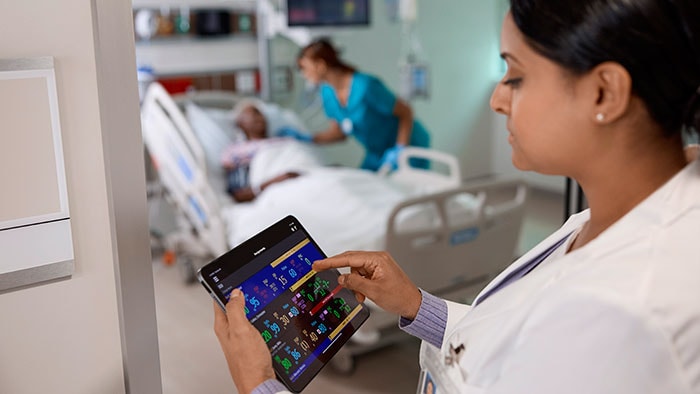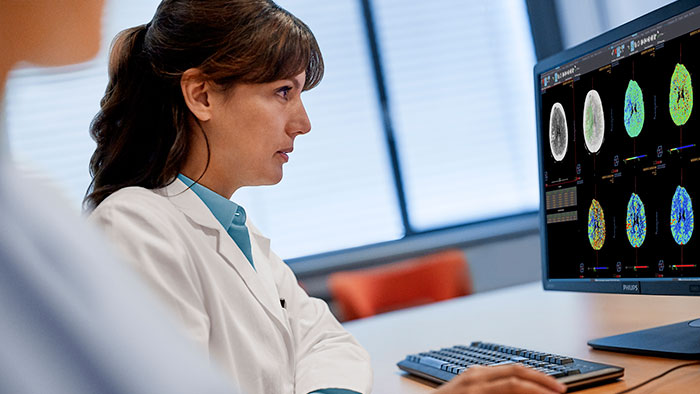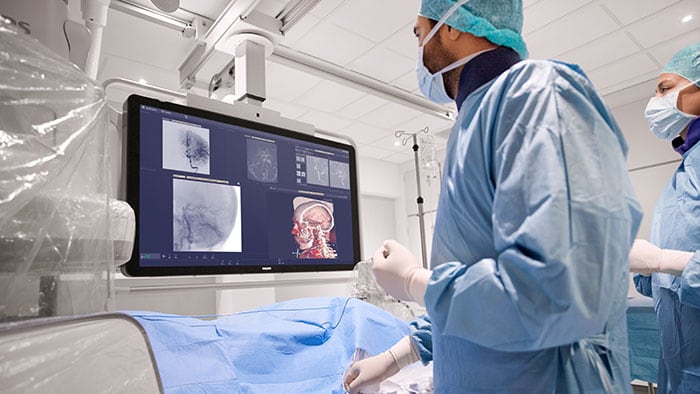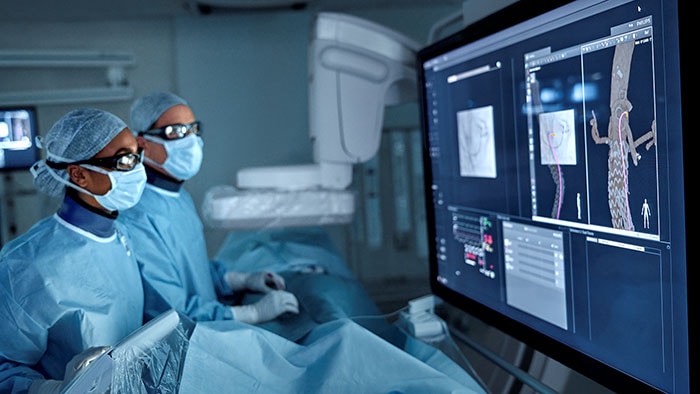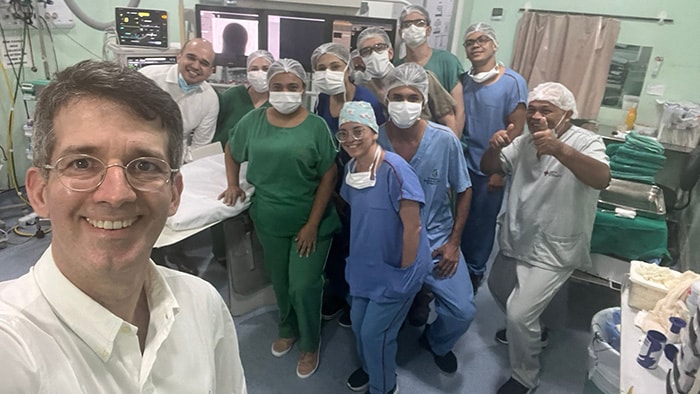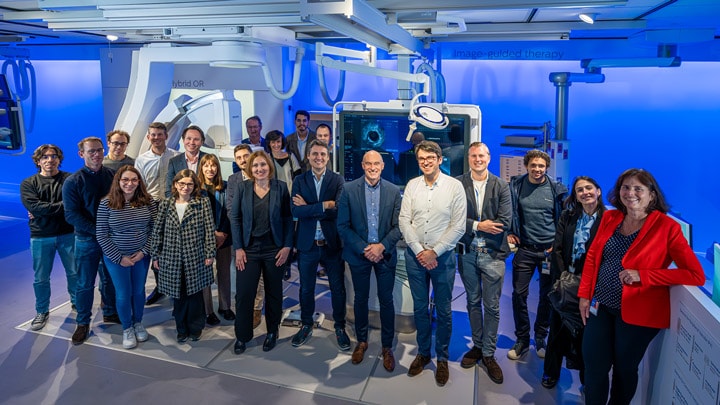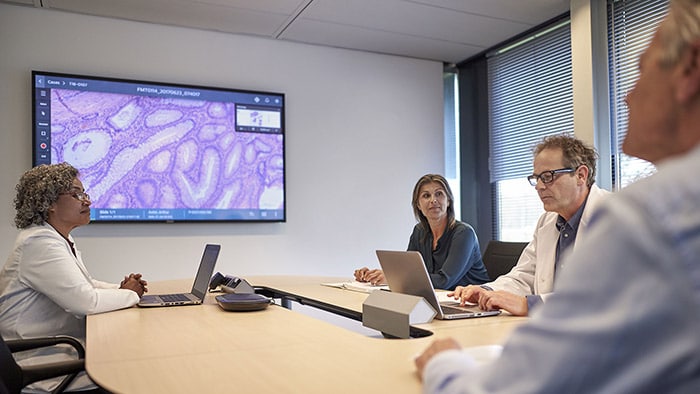Maximizing image quality is a given in any new MRI scanner, but delivering that imaging capability to the maximum number of patients and doing it cost effectively depends on optimizing workflows and maximizing scanner up-time. Many radiology departments are currently under extreme pressure to perform more MRI scans on more patients, not only due to the aging population but also to deal with the backlog of cases resulting from the COVID-19 pandemic. That brings us to the question of helium, which is needed to cool the scanner’s magnet to a low enough temperature, typically around 4⁰K (minus 269⁰C, minus 452.47⁰F), to achieve superconductivity - the only way of getting enough electrical current to flow in the magnet’s coil to generate the high-strength magnetic field needed. Under abnormal operating conditions - for example, when the coil momentarily loses superconductivity (a so-called magnet quench) - significant volumes of helium typically vent from a conventional scanner, not only posing a risk to patients and staff but also incurring the down-time costs associated with helium replacement and interrupted workflows. Helium is also a finite and increasingly expensive resource, which once released into the atmosphere boils off into outer space never to be seen again. A conventional MRI scanner typically consumes around 1500 liters of liquid helium a year, and there are around 40,000 of them worldwide. The future of MR imaging therefore needs to be much less helium intensive.
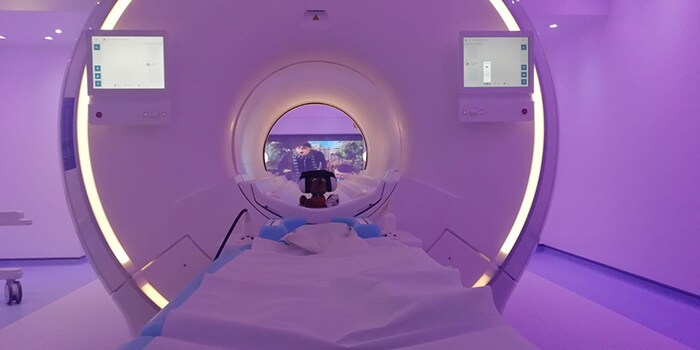
Less helium with uncompromised image quality
Offering customers the incremental value of a longer-term sustainable solution that also delivers high quality imaging and optimized workflows is why Philips developed the Philips Magnetic Resonance – Ingenia Ambition – an MR scanner that uses far less helium to start with and doesn’t allow it to escape into the atmosphere. Primed once a year with just 7 liters of helium sealed inside the Ingenia Ambition’s BlueSeal magnet and using in-built artificial intelligence (AI) algorithms to ensure smooth shutdown and restart, the Ingenia Ambition 1.5T remains essentially helium-free in use, safeguarding radiology departments against the consequences of helium scarcity. At the same time, its unique Compressed SENSE technology reduces scan times without compromising image quality.
According to a recent case study at the Poole Hospital NHS Foundation Trust (Poole, UK), the Ingenia Ambition 1.5T is already paying dividends, especially in terms of the patient experience, staff satisfaction, and backlog reduction.
Poole Hospital NHS - Greater patient comfort, less patient anxiety
The Poole Hospital’s Ingenia Ambition is fitted with Philips’ unique Ambient Experience in-bore solution, which uses an in-bore mirror, wall projected video, and soothing headphone music to alleviate the feeling of anxiety or claustrophobia that many patients experience when entering the bore of an MRI scanner. The display also informs them about scan progress and prompts them to do things, such as holding their breath for a few seconds, to capture the best images. Combined with the Ingenia Ambition’s Compressed SENSE technology, which means patients are in the bore for less time, these enhanced comfort features significantly reduced the need for patient sedation/anesthesia in the hospital’s MRI room, along with its side effects. According to Poole Hospital, it is particularly effective when dealing with children. “Relaxing and the best MRI experience I have had. Over and done with before I had a chance to think about it,” said a patient in response to the case study’s patient experience survey. “My daughter had an MRI scan and although she was very nervous, being able to listen and watch a movie made the whole experience a pleasant one,” said the mother of another patient.

Enhanced productivity, greater staff satisfaction
In designing the Ingenia Ambition, Philips applied the latest technologies and insights from clinicians to develop a machine operable by just one MR radiographer, although a second MR radiographer is always present for safety reasons. The software guides a radiographer through an intuitive set-up program based on their individual preferences, improving workflows, and freeing up clinician resources. Philips’ Compressed SENSE technology reduces scan times without compromising image quality, thereby increasing patient throughput, while the scanner’s ScanWise Implant software provides step-by-step user guidance to enter the MR condition values specified by implant manufacturers, opening up MR scans to previously unsuitable patient groups. “Philips is leading the way when it comes to better imaging and better patient care. A people-centric approach that takes into consideration all elements of the ambient experience and environmental wellbeing of the patient also creates a more productive and efficient process, reducing patient stress levels and increasing more first-time-right imaging,” said Dr Ravi Ayer, Consultant Musculoskeletal Radiologist and Clinical Director at Poole Hospital NHS Trust. Despite the postponement of MRI scans during the COVID-19 pandemic, Poole Hospital has reduced its backlogs and waiting times in 2021, with the hospital averaging an extra 30 patients per month this year compared to 2020. Visit the Philips Ingenia Ambition X 1.5T MR scanner site for more information.
“Other specialties put on evening and weekday clinics to deal with their backlog, meaning many more patients come in to have scans. Often the scans are to diagnose cancer, so have to be done within two weeks. We are able to prioritize scanning some of the most unwell and challenging in-patients on the Ambition, thus enabling us to deal with the increased amount of imaging arising from these additional clinics,” added Dr. Ayer.
As the Poole Hospital case study clearly illustrates, the Ingenia Ambition X delivers on all four aspects of the Quadruple Aim - better patient outcomes, improved patient and staff experiences, and lower cost of care - plus exceptional sustainability.
Share on social media
Topics
Contact

Kathy O'Reilly
Philips Global Press Office Tel.: +1 978-221-8919
You are about to visit a Philips global content page
Continue





